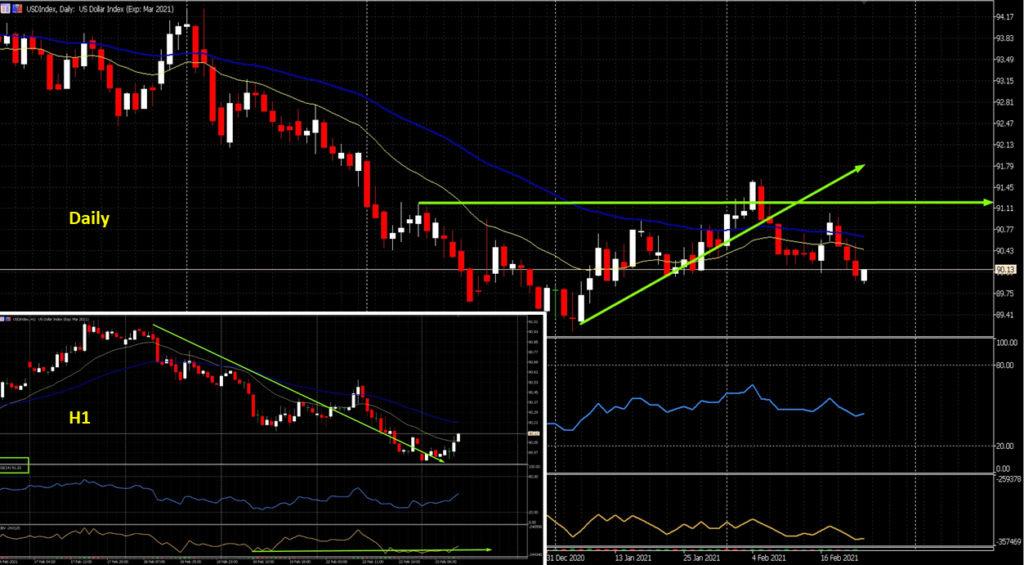FED Chair Jerome Powell’s semi-annual testimony on the economy and monetary policy will be held today, one of the most important events of the week.
Currently:
- USD at fresh lows against AUD, NZD, and GBP
- The rate of new Coronavirus infections decreased, and despite last week’s freezing temperatures, which caused some problems in vaccine supply, the vaccination program is still on track. In addition, with the approval of Johnson & Johnson’s single-dose vaccine, hopes on faster recovery is growing
- Released economic data of January and February of 2021 was much better than expectations; however, employment data and Jobless claims in past weeks have been the main concern.
- US 10yr Yields still at their highest levels
What do we need to understand in order to know what to expect from Powell’s testimony and the overall FED policy?
Firstly regarding the USD rate, in the long-run aggregate supply and demand, may not be affected too much. However, demand and supply are important, and are what economies currently care about. In the short term, weaker currency means more exports and a bigger GDP number, and support for the trade balance. So it is not bad, at least currently and for this quarter. However, since January 1st, the 10-year rates have risen to 1.37% from 0.91% at the time of writing; not double, but almost, and a ramp-up supports inflation expectations alongside central bank action concerns. Higher Yields raise the demand for the currency and mortgage and credit cards’ costs, so central banks should keep the balance there.
Since the vaccination program is nothing to do with the central bank, CPI and employment data will be the main focus of FOMC members. Two weeks ago, Chair Powell gave a speech at the Economic Club of New York in which he commented on rising inflation, saying “it isn’t going to mean much,” suggesting that the lower for longer policy will continue, as he mentioned before about reaching maximum employment and inflation at 2% to ensure a durable recovery.
Also, most probably, we will see that he will support the democrats’ 1.9T stimulus package, as he foresees bright recovery in the second half which will mean the country can pay back its loans.
USDIndex Technical Analysis:
As is shown in the chart above, the USDIndex is in a long-term downtrend, with the near term Resistance levels at 20- and 50-DMA, at 90.45 and 90.65. Currently the asset keeps extending to the downside, with the OBV trend line flat, and the RSI around 40. The near Support level is set at 89.90. PP is at 90.20, R1 at 90.40, and R2 at 90.78.
Click here to access our Economic Calendar
Ahura Chalki – Regional Market Analyst
Disclaimer: This material is provided as a general marketing communication for information purposes only and does not constitute an independent investment research. Nothing in this communication contains, or should be considered as containing, an investment advice or an investment recommendation or a solicitation for the purpose of buying or selling of any financial instrument. All information provided is gathered from reputable sources and any information containing an indication of past performance is not a guarantee or reliable indicator of future performance. Users acknowledge that any investment in Leveraged Products is characterized by a certain degree of uncertainty and that any investment of this nature involves a high level of risk for which the users are solely responsible and liable. We assume no liability for any loss arising from any investment made based on the information provided in this communication. This communication must not be reproduced or further distributed without our prior written permission.




















